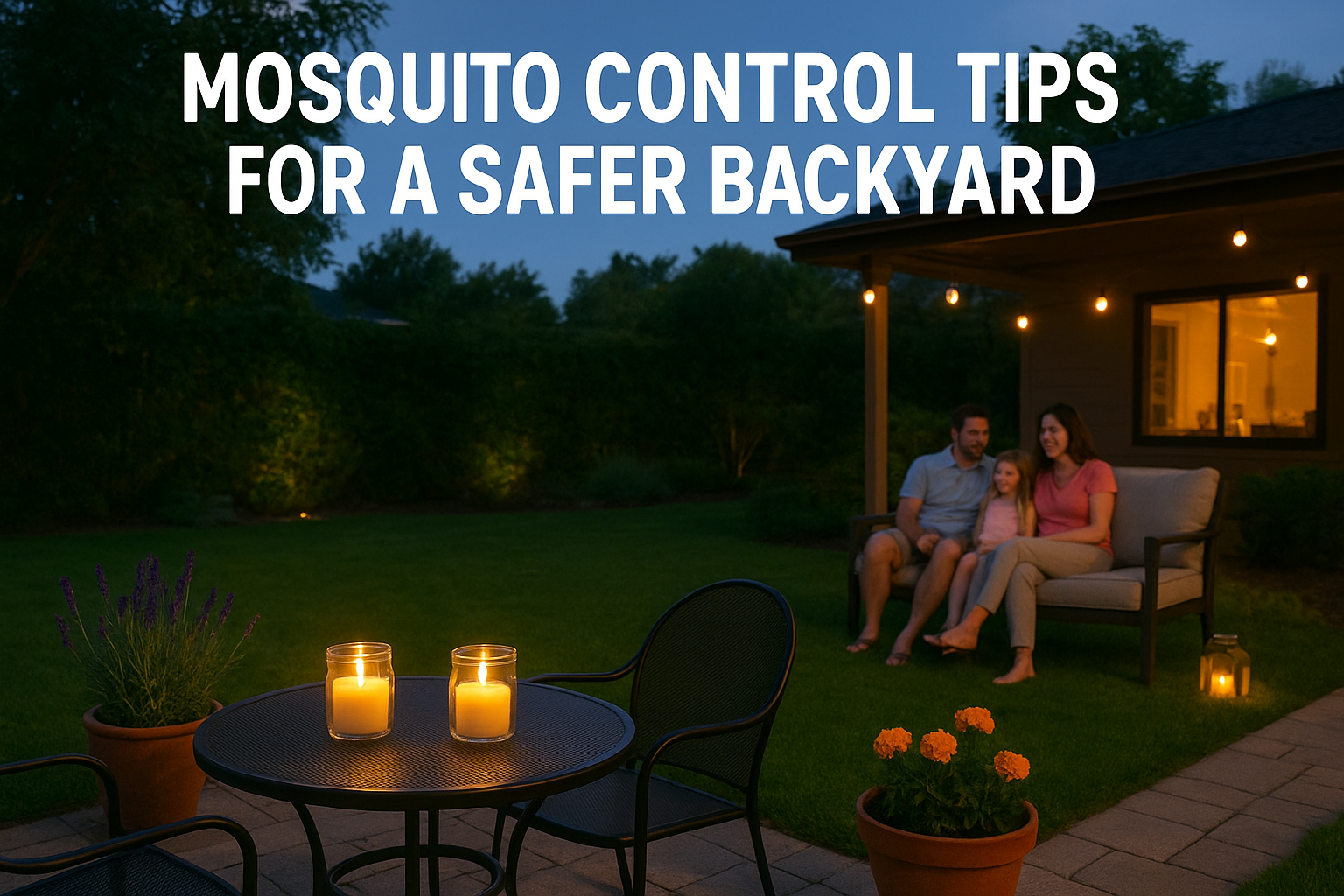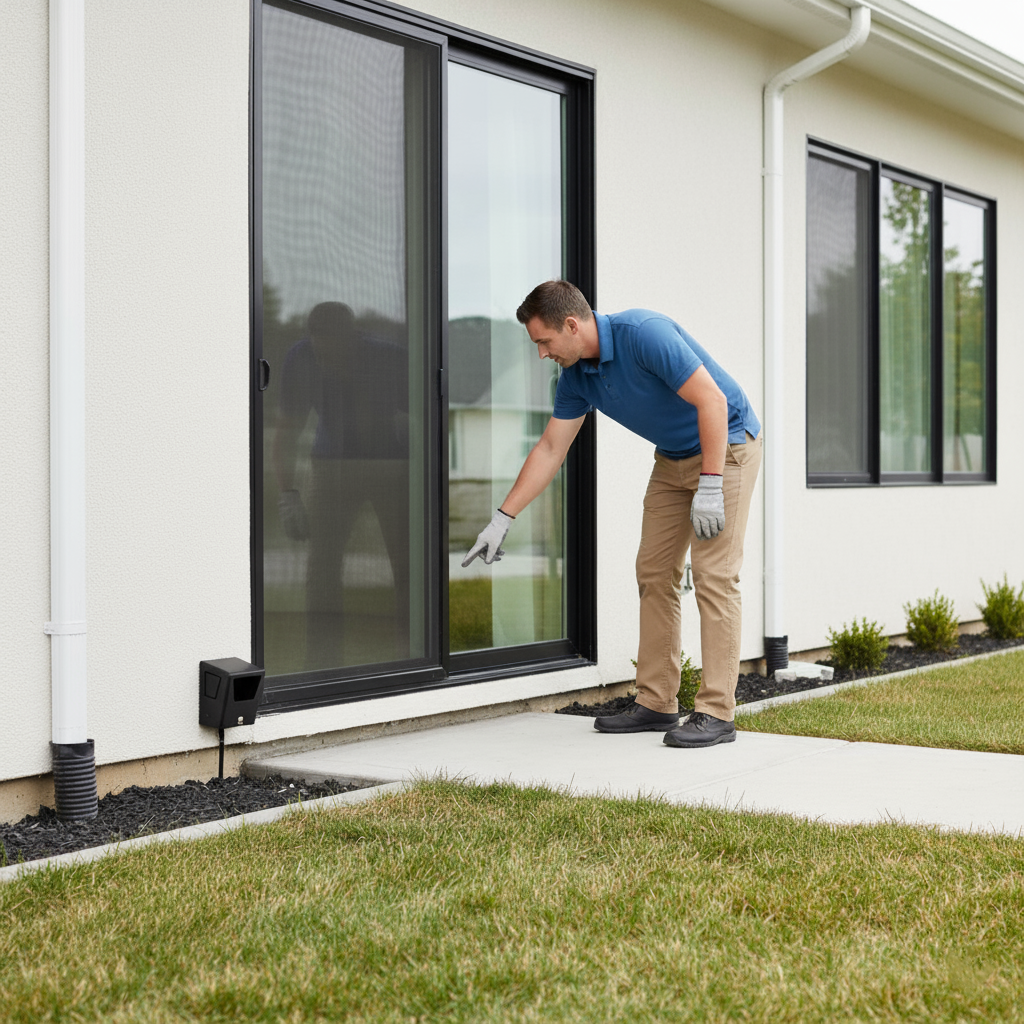DIY Pest Prevention: What Works and What Doesn’t
- Pest_Control

Table of Contents
Introduction
Why DIY Pest Prevention Appeals
There are several reasons homeowners opt for DIY pest prevention. Cost savings, convenience, and a desire to avoid harsh chemical treatments often top the list. DIY methods also provide a sense of control over your environment, allowing you to take immediate action rather than waiting for a professional. Additionally, many homeowners enjoy learning practical skills and taking proactive steps to protect their property. While DIY approaches can work for minor infestations or preventive measures, understanding their limitations is crucial. Overconfidence in DIY solutions without proper knowledge can sometimes worsen a problem.
DIY Methods That Actually Work
- Sealing Entry Points
One of the most effective DIY pest prevention strategies is to block access points. Cracks in walls, gaps around doors and windows, and holes in screens provide easy entry for insects and rodents. Using caulk, weatherstripping, or mesh to seal these openings can significantly reduce infestations. Pay special attention to areas around plumbing, vents, and utility lines, which are common entry points for pests like cockroaches and rats. - Maintaining Cleanliness
Pests are naturally attracted to food crumbs, standing water, and clutter. Regular cleaning, proper food storage, and eliminating excess moisture are practical DIY steps that reduce the likelihood of pests setting up home. For example, wiping down countertops, sweeping floors, and taking out trash frequently can prevent ants, flies, and cockroaches from invading your kitchen. - Using Natural Repellents
Certain natural substances, such as peppermint oil, diatomaceous earth, vinegar, and citrus peels, can deter pests. These remedies work well as preventive measures and are generally safe for children and pets. For instance, placing cotton balls soaked in peppermint oil near entry points can help repel spiders and ants. However, they are less effective against established infestations. - Regular Yard Maintenance
Keeping your yard well-maintained helps prevent pests from entering your home. Overgrown trees, shrubs, and unkempt lawns create ideal habitats for insects, rodents, and other wildlife. Trimming trees and shrubs away from the house, removing debris, and keeping grass short reduce nesting sites. Additionally, clearing stagnant water from ponds or containers helps prevent mosquito breeding. - Proper Waste Management
Securing trash cans and compost bins prevents attracting pests such as flies, rats, and raccoons. Ensure bins are covered and emptied regularly, and avoid leaving food scraps exposed. For compost, consider using a sealed container or turning the pile frequently to minimize odors that attract pests. - DIY Traps for Minor Infestations
For small-scale infestations, traps can be useful. Sticky traps for insects, snap traps for rodents, and pheromone traps for moths are inexpensive and safe ways to monitor and reduce pest populations. Combining traps with cleanliness and sealing entry points increases overall effectiveness.
DIY Methods That Often Don’t Work
- Over-Reliance on Store-Bought Sprays
Many store-bought sprays provide temporary relief but fail to address the root cause. Pests can quickly return if breeding sites and food sources aren’t eliminated. Overusing chemical sprays may also create resistant pest populations, making future control more difficult. - Home Remedies Without Evidence
Some DIY solutions, like placing garlic cloves or mothballs around the home, are widely believed to repel pests but lack scientific backing. Relying on ineffective methods can waste time and allow infestations to grow, potentially causing more damage. - Ignoring Professional Help
Severe infestations, particularly of termites, bed bugs, or rodents, often require professional intervention. DIY methods alone may fail to eliminate the problem, leading to costly structural damage or health risks.
Tips to Maximize DIY Pest Prevention
- Combine Methods: Using multiple strategies simultaneously yields better results. For instance, sealing entry points and maintaining cleanliness together is more effective than either method alone.
- Monitor Regularly: Keep an eye on potential hotspots such as kitchens, basements, and attics. Early detection is key to preventing infestations.
- Educate Yourself: Understanding the pests common in your area and their behavior allows you to apply the right DIY techniques. Knowing the difference between a minor nuisance and a dangerous pest can save time and money.
- Know When to Call Experts: Recognize signs of serious infestations. Persistent droppings, damaged property, or frequent sightings often indicate the need for professional pest control.
Conclusion
DIY pest prevention can be an effective first line of defense when done correctly. Actions like sealing entry points, maintaining cleanliness, using natural repellents, managing waste, and regular yard maintenance can make a significant difference. However, recognizing the limits of DIY methods is crucial. For persistent or severe infestations, professional pest control ensures your home stays truly pest-free. Combining DIY efforts with expert guidance provides the safest and most effective approach to protecting your home and family.
Need a professional touch?
Don’t wait until pests take over—stay one step ahead with Blue Diamond’s pest control.



Frequently Asked Questions (FAQs)
Can DIY pest prevention completely replace professional services?
DIY methods are effective for minor issues and preventive measures, but severe infestations of termites, rodents, or bed bugs usually require professional intervention.
Are natural repellents safe for children and pets?
Yes, natural substances like peppermint oil, diatomaceous earth, and vinegar are generally safe for children and pets, though it’s important to use them as directed.
How often should I inspect my home for pests?
Regular inspections, ideally once a month, help catch early signs of pests before they become a bigger problem.
Is sealing entry points really effective?
Absolutely. Blocking cracks, gaps, and holes prevents pests from entering and is one of the most reliable DIY measures.
What should I do if DIY methods fail?
If you notice persistent signs of pests, such as droppings, damaged property, or recurring sightings, contact a professional pest control service immediately.
Share this
Book Your
Service In
30 Seconds
- 30 years of experinece
- Served 40,000+ clients across UAE
- Dubai Municipality Approved
- Eco - friendly products safe for All
- Cost Effective
- 24/7 Customer support
Check out our Recent Blogs
Mosquito Control Tips for a Safer Backyard
Introduction Mosquito infestations are more than just a nuisance—they can pose genuine health risks to your family, pets, and guests....
Rodent Control: How to Keep Rats and Mice Out of Your Home
Table of Contents Introduction Rodent Control is a crucial part of maintaining a safe and healthy home environment. Rats and...



